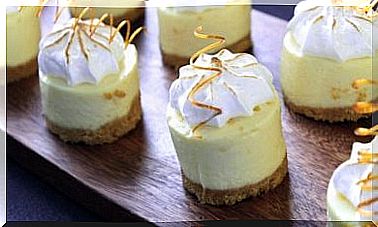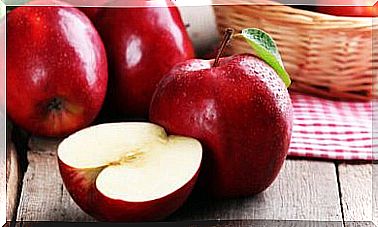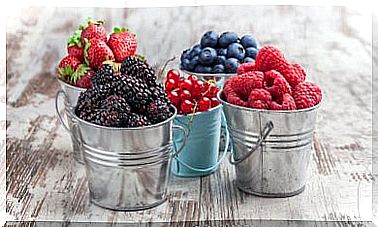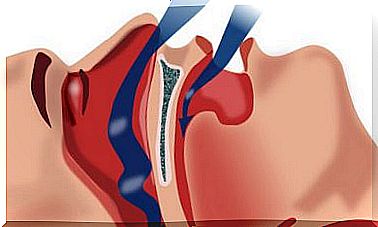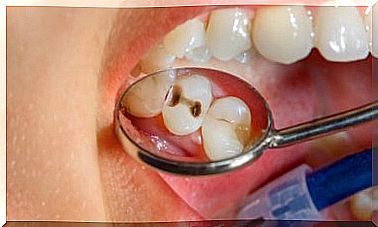Natural Remedies For Tendinitis
Many people suffer from tendinitis in different parts of the body, such as the elbow, heel, shoulder or wrist, among others. However, many people affected by tendonitis only identify pain and do not know what causes it or how it is treated.
Tendinitis can be caused by an injury, as it usually happens in athletes, or by overloading tendons that are already inelastic. If you think you can suffer it, do not hesitate to go to your doctor.
Along with his advice, we present you some remedies to complement your treatment.
How to identify tendinitis?
The main symptom of tendonitis is pain, which is located along the tendon, usually near a joint. This pain is usually worse when you exercise.
If we have localized pain in a tendon that recurs daily, we should see a doctor. He will examine it and perform the relevant tests.
Since the disease generally does not get better easily, we present some natural remedies with anti-inflammatory effects and no side effects.
Adequate food
There are some essential nutrients to naturally treat tendonitis. We can consume them through food and / or through natural supplements.
- Vitamin C: we can consume foods rich in vitamin C (citrus, kiwis, raspberries, strawberries, papaya) or take it as a supplement.
- Magnesium: Helps create collagen, essential for the skeleton, tendons and cartilage. We will take it with food (cocoa, green leafy vegetables, banana, nuts and seeds) or as a supplement, in the form of magnesium citrate or magnesium chloride.
- Vitamin E: Vitamin E is an antioxidant that protects body tissue from damage caused by substances called free radicals. It is found in green leafy vegetables (broccoli, spinach), seeds, wheat germ, brewer’s yeast, and egg yolk.
- Bioflavonoids : bioflavonoids or vitamin P act as antioxidants since they help vitamin C to keep our collagen levels balanced. We find them in citrus fruits, but especially in their skin, so we recommend using the skin of organic lemons and oranges to add to salads, desserts or smoothies.
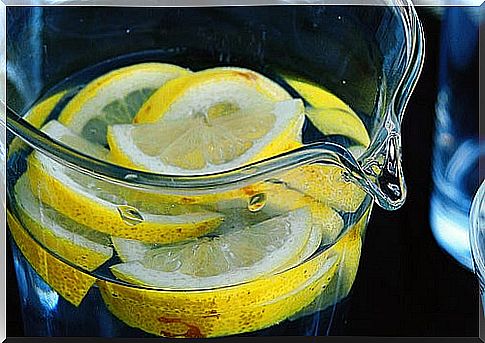
Homemade plasters
We can prepare homemade plasters with medicinal herbs to alleviate the symptoms of tendonitis. We will use the following plants:
- Comfrey (Symphitum Officinale): has important beneficial effects on all types of bruises and fractures, since it is a great tissue regenerator, but always applied externally, since its internal use is toxic.
- Turmeric (Curcuma Longa): has important antioxidant, anti-inflammatory and anticancer effects. We can also consume it with meals.
- Arnica (Arnica Montana): one of the best known and most beneficial natural anti-inflammatories, as confirmed by various studies.
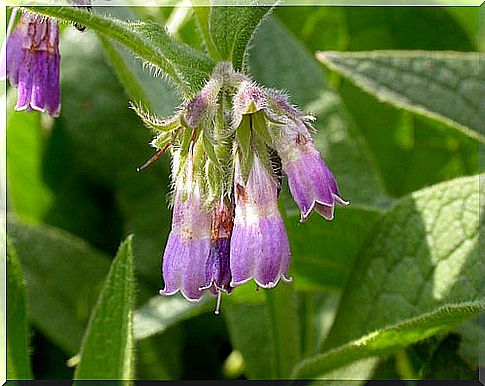
How to use these plants
- These fresh plants should preferably be used.
- We will crush them in a mortar and apply them directly on the area to be treated.
- They should be covered loosely with gauze.
- If we get them dry, we will cook them with very little water,
- We will also apply them on the skin, covering them with a cloth so that it does not drip.
Of these plants, we especially highlight Arnica, possibly the best known among athletes and people who suffer from inflammatory problems due to its wide use in natural medicine and homeopathy for its anti-inflammatory power.
We will find this plant in the form of a cream, tincture, homeopathy, etc. If we decide to take it, we must look for it as Arnica Montana 9 CH:
- We will take three balls under the tongue three times a day separate from food, drinks and strong and menthol flavors (gum, toothpaste, etc.)
Clay poultices
Clay poultices are a very useful ancient remedy for relieving pain caused by inflammation. They are also supported by multiple reports. We can use green or red clay, which we will mix with warm water until we get a creamy paste.
We could also use, instead of water, the infusion of some of the medicinal plants that we have commented previously.
We will apply the poultice for at least 20 minutes. Then we will wash well with warm water.
We will make these clay poultices once or twice a week.
